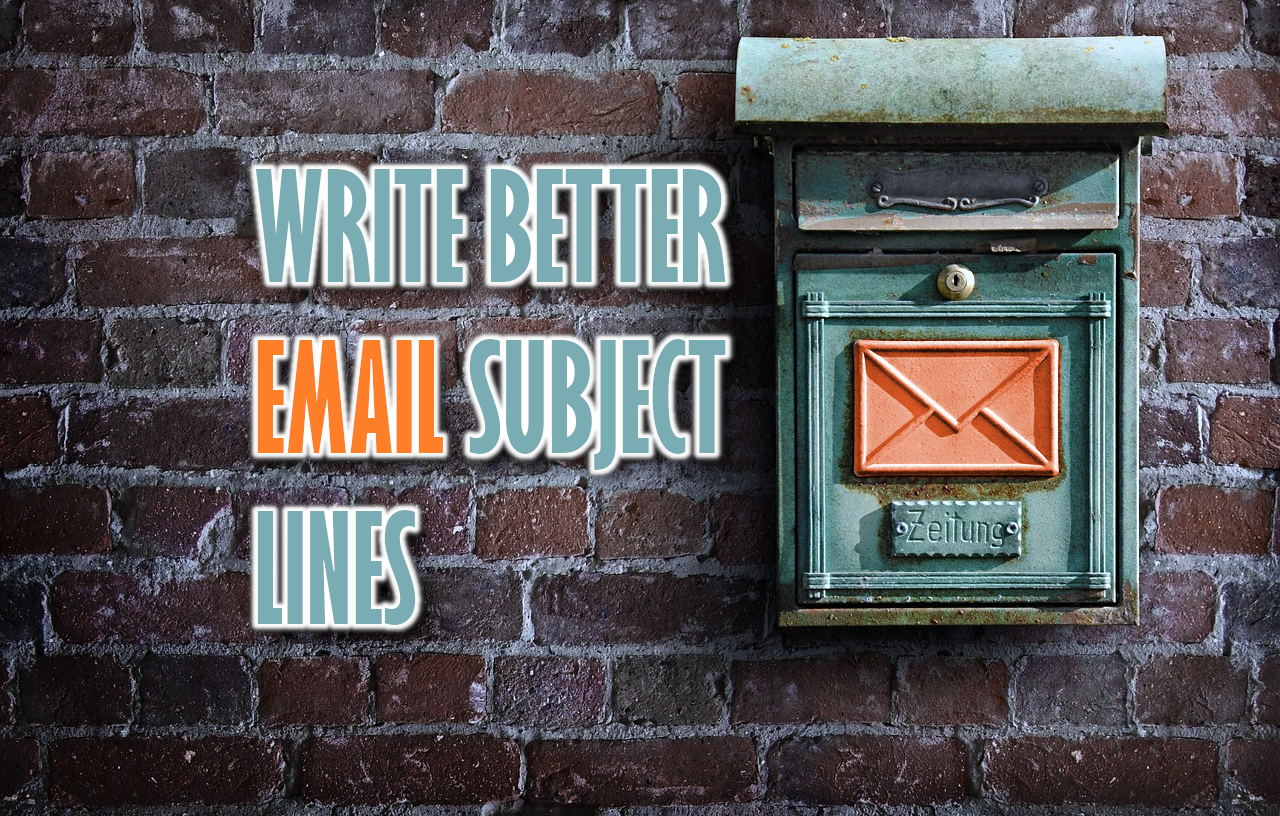How to Write Better Email Subject Lines
If you’re not getting the desired response from your sales emails, it may be time to consider your email subject lines and whether they could be improved.
Think of your email subject lines as a first impression. It may be the only impression you’ll ever get the chance to make on your audience.
Did you know that the average office worker gets 121 emails a day? They also spend, on average, five hours a day checking email. If your subject lines are less than impactful, then your emails may be getting deleted or overlooked.
Many salespeople don’t realize that writing an effective email subject line is a true art. With a little practice, you can start writing email subject lines that not only get noticed but always achieve results as well. In this article, we’ll share some important tips for writing better subject lines.
Keep your email subject lines short
There’s a reason the phrase “brevity is the soul of wit” has survived a solid 400 years. You can almost always say more with less, and you don’t risk losing your audience’s attention.
And then there’s the digital landscape to consider. If your subject lines are exceeding 50 characters, then you may be losing the recipients who read their emails on their mobile devices (about 46% of emails are opened on mobile). Mobile email apps tend to cut off lengthy subject lines, so keep them concise for maximum impact.
Are you struggling to keep your subject lines short because you feel you simply have too much to say? Focus on including the most important words, and then cut the fluff. Figure out your keywords: let’s say “Real Estate Flyers.” Don’t be coy; don’t talk around your point.
Create a sense of urgency
If your message is important, then you must communicate that importance to the recipient right in the email subject line. Nobody has time for waffling. Get to the point, and tell them why they need to read this email right now.
Do you want a response within the day or the next few days? You may want to include “response needed” in the subject line, so the recipient knows that you’re waiting on them to take action.
Avoid terms like “Urgent” unless the email is actually urgent. And even then, there’s a good chance your email could get flagged by spam filters if you sound too “scam-y.”
If you’re presenting a limited-time offer, let the recipient know how long they have to respond. Ideally, your limited-time offer should expire soon after the email is sent. If your “limited-time offer” ends two months from now, there’s a good chance the reader is going to procrastinate or toss the email to the side and never come back to it. Your urgency should be relatively urgent — no more than two weeks.
Be as specific as possible
Not only do you want to get your email opened and read, but you also want to make your email easy to find if the recipient needs to reference it later.
By writing a specific subject line and keeping email threads separate and organized, you can help the recipient find your correspondence. Include important keywords in the subject line so it’s easy to search and archive. If you’re submitting something the other party asked for, put that right in the subject line — something like “Requested Submission: Title by Name” for whatever you’re submitting.
Did you have to sign a letter of intent or fill out a form and email the final document to someone? Put “Letter of Intent” or “X Form” right in the email subject line; don’t overthink it. Leave the pleasantries and explanations to the body of the email.
And putting keywords in the subject line isn’t just for the ease of use by the recipient. Later, you may have to find that email you sent, either to reference something, grab an attached file, create a template, or just remind yourself who you sent the email to. Rather than dredging through your “Sent” box in frustration, you can just search for the keyword and it’ll be right there in your subject line.
Include a call to action
A call to action is a phrase that invites a person to take a certain action. There should be as many calls to action as necessary. At least one of them should be right at the end of your email, and it should leave the reader with an immediate open door to the next step of your sales funnel.
If you need the recipient to do something specific, you should include that call to action in the subject line. When people are overwhelmed by their inboxes, they need guidance and direction. If you can make your recipients’ lives easier, they will appreciate you and remember to look for your emails in the future.
Latest posts by FollowUp (see all)
- CRM Integrations: Sometimes Less Is More - March 18, 2021
- Becoming an Account Executive in 5 Totally-Doable Steps - January 29, 2021
- 3 Bad Sales Techniques You Should Give Up Right Now - December 28, 2020



